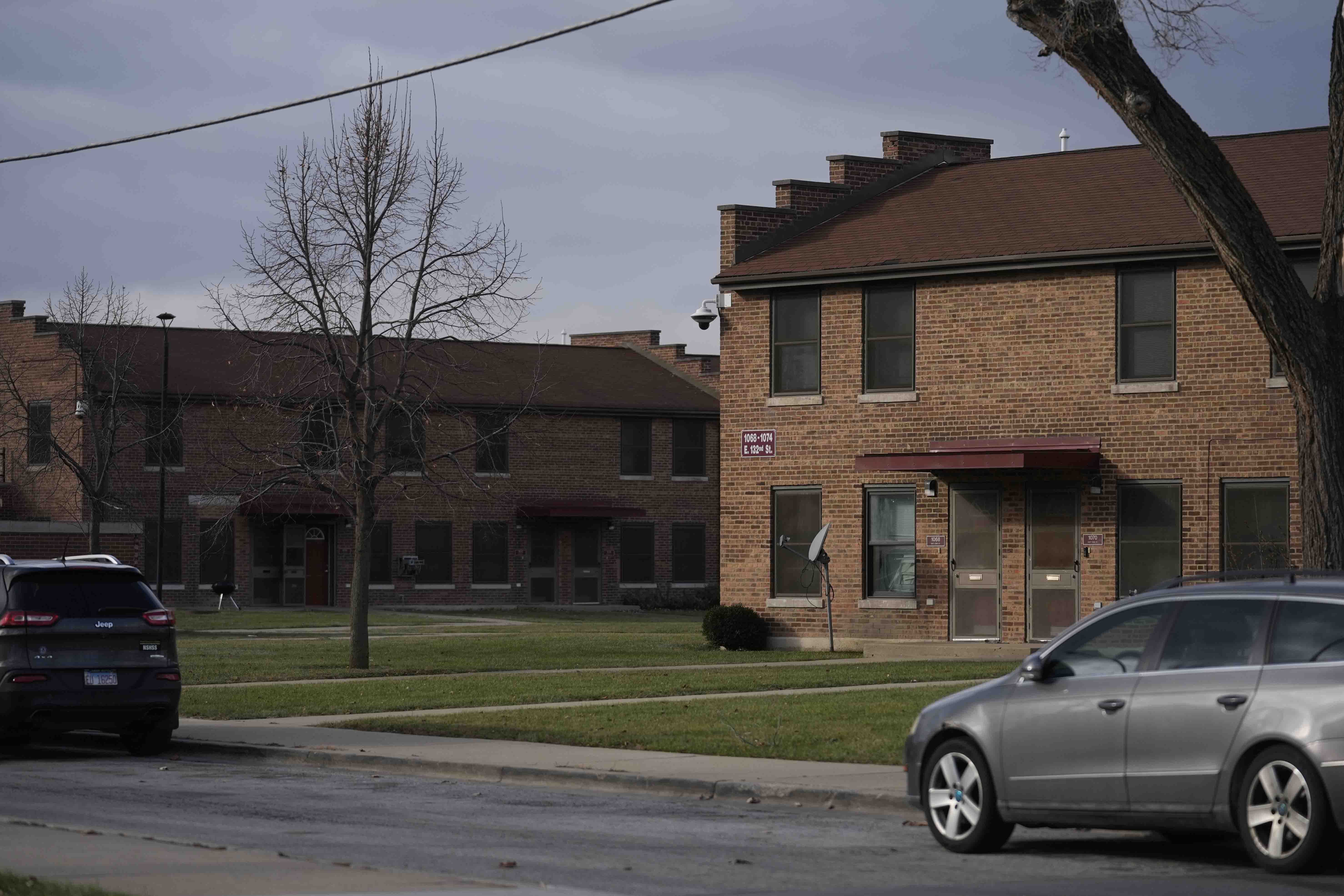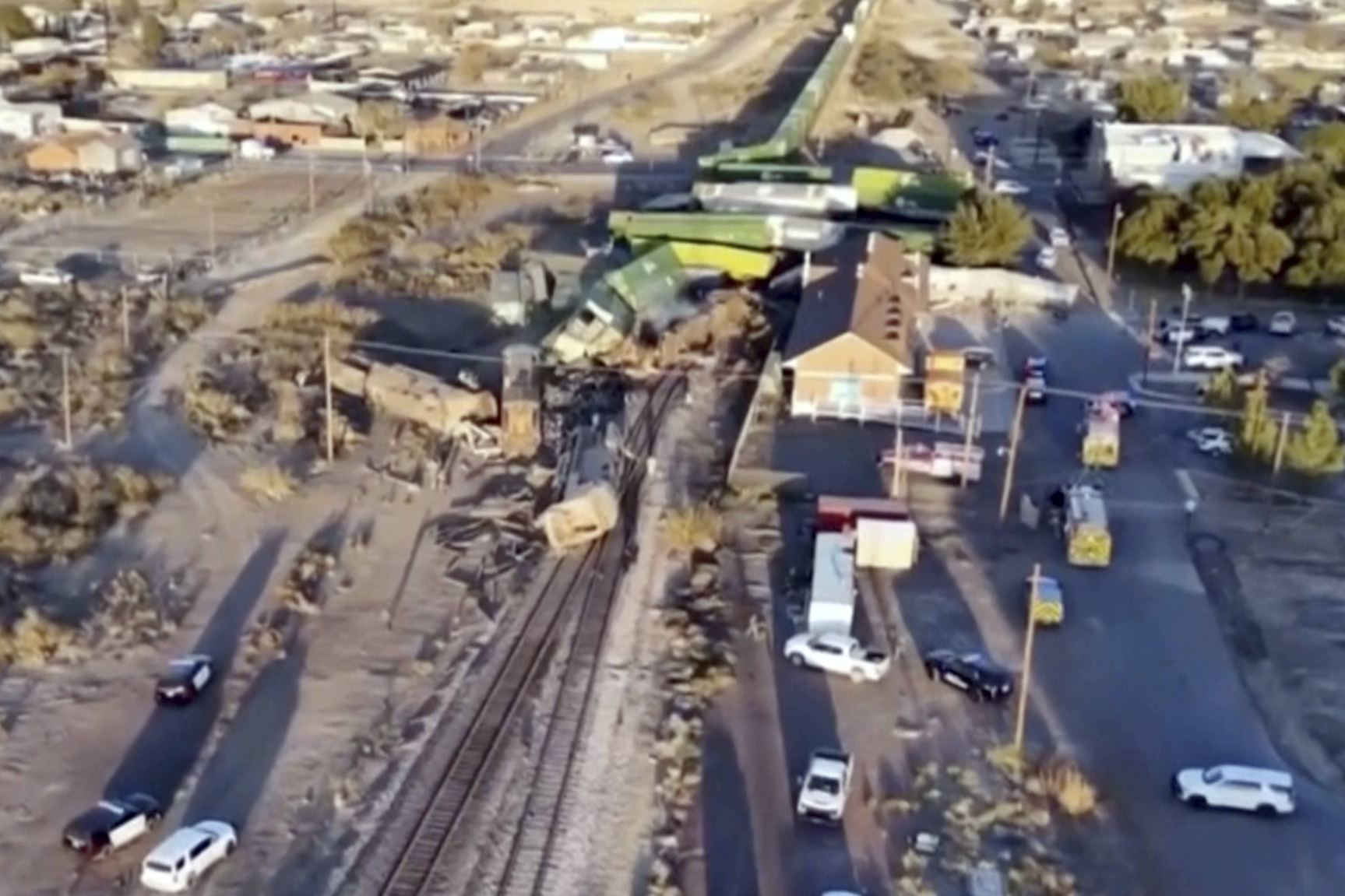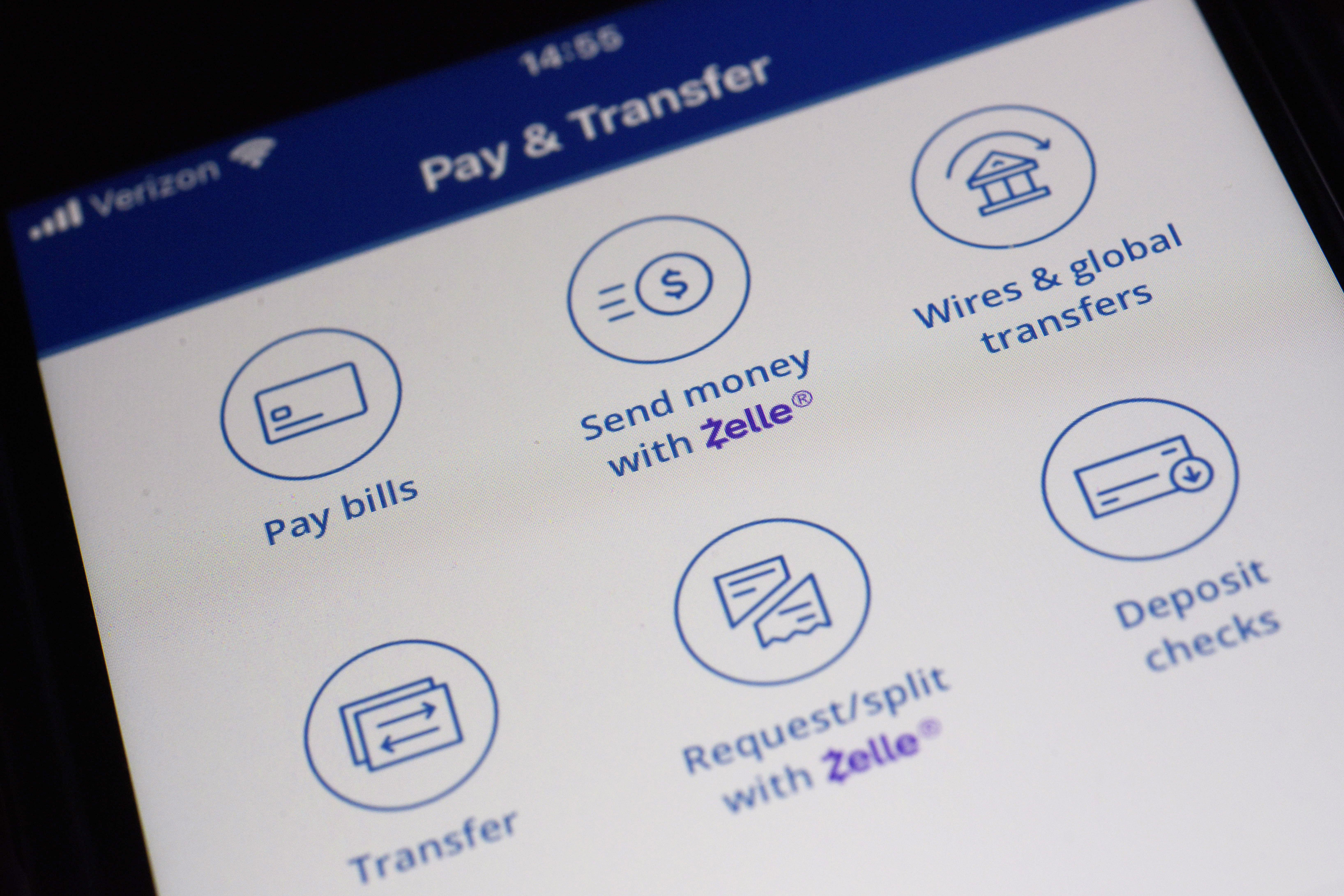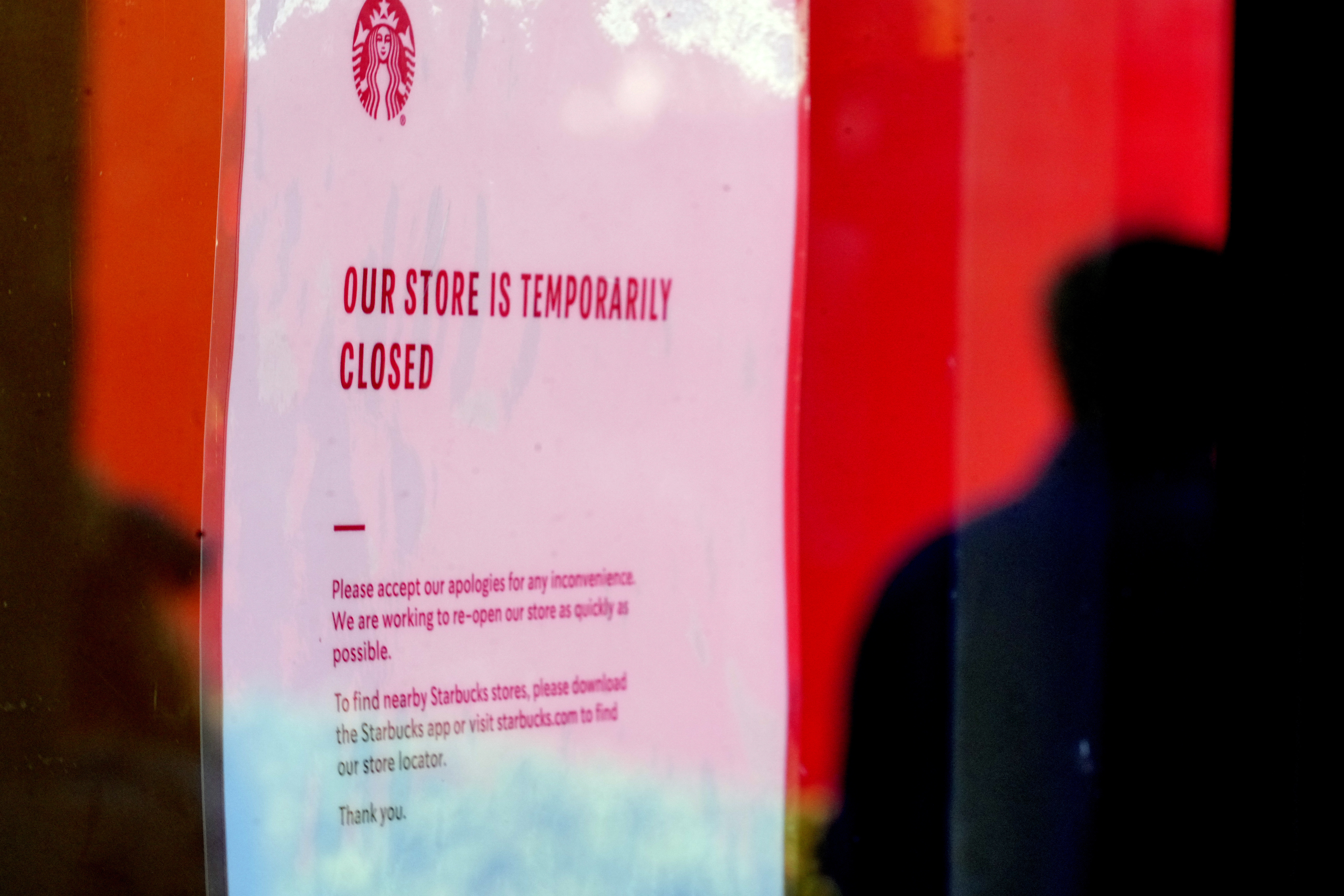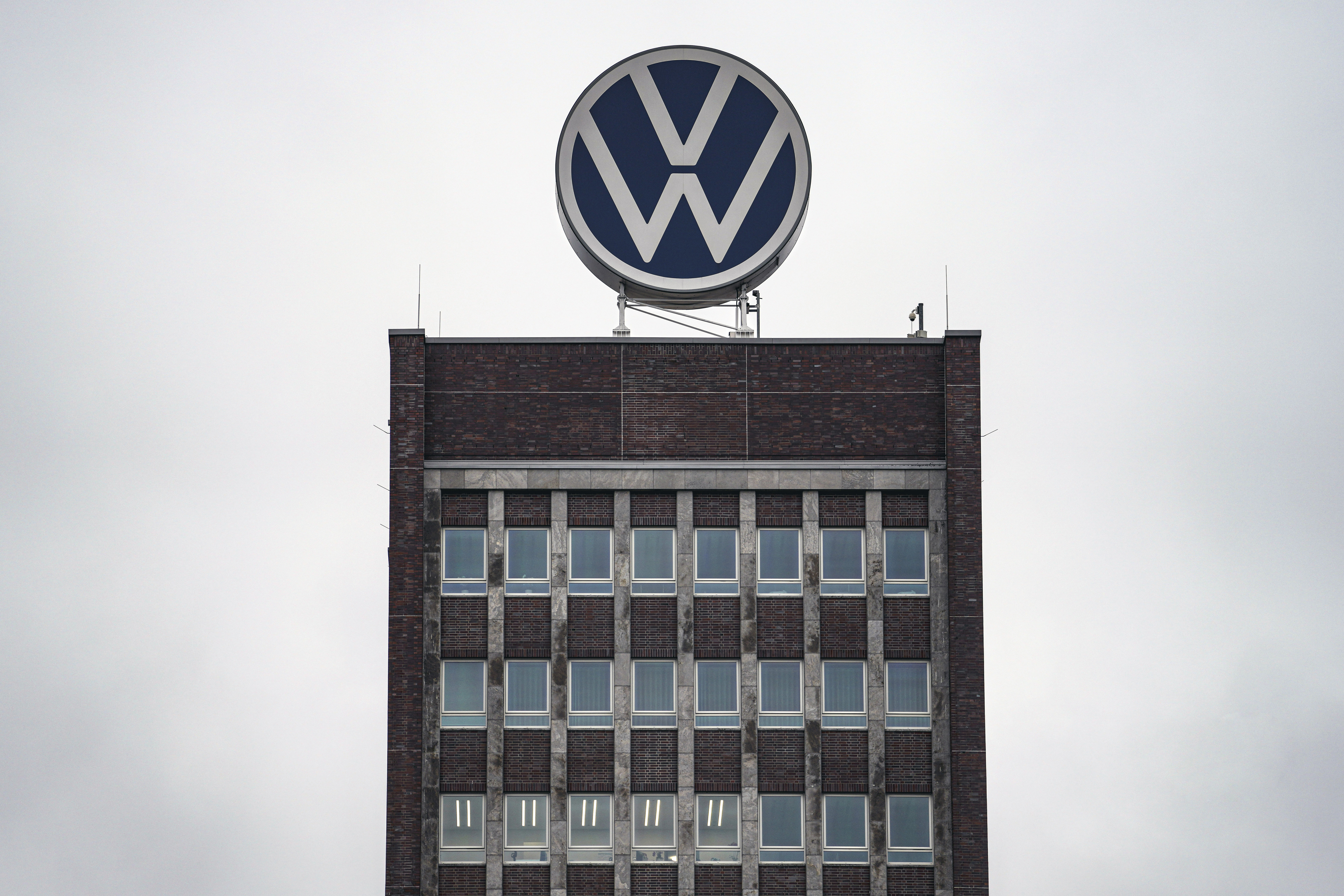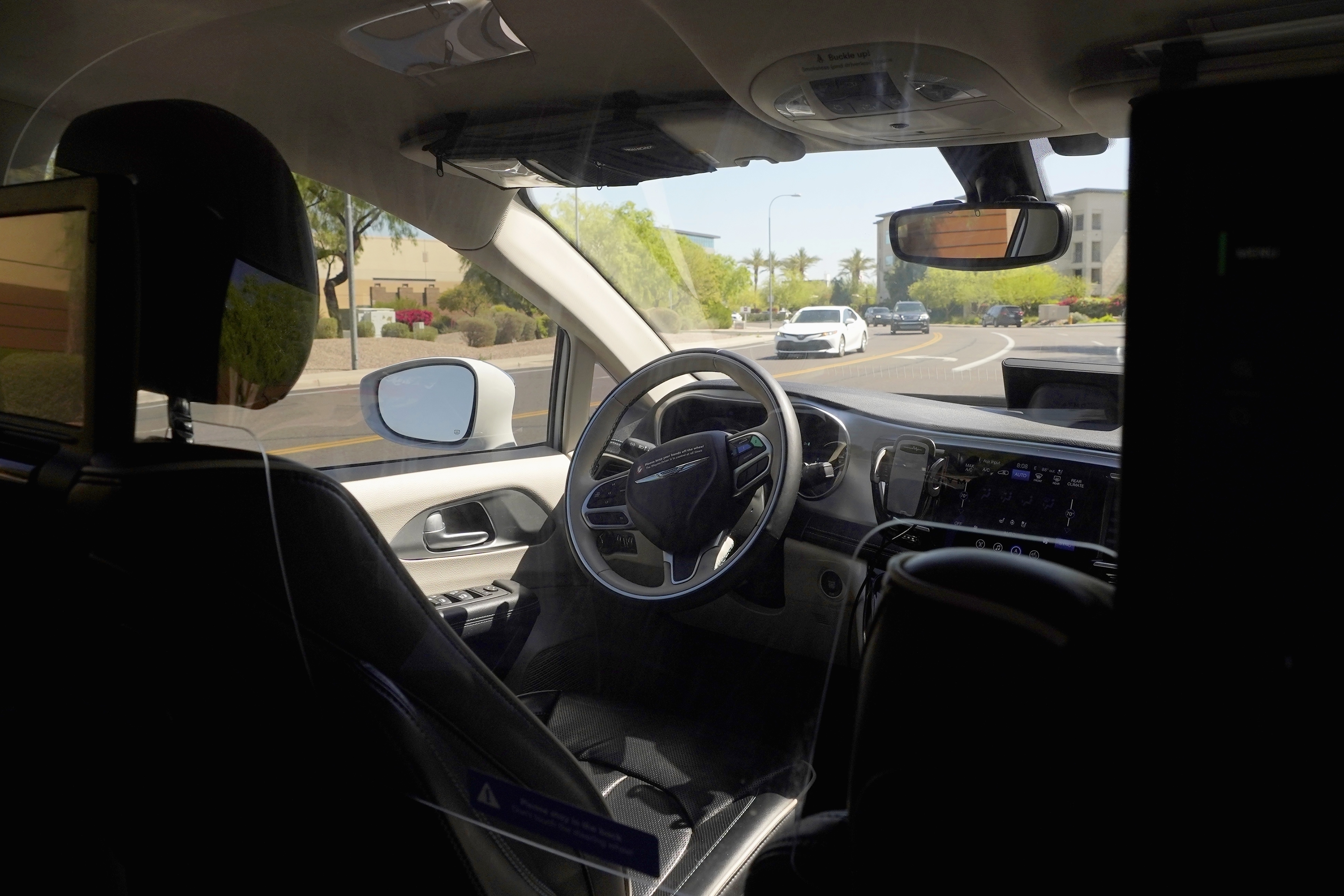NORFOLK, Va. (WAVY) — The first new housing complexes of Norfolk’s St. Paul’s Transformation Project are set to open soon in the old Tidewater Gardens neighborhood, and former residents who want to return have exclusive rights for the waitlist through July 19.
Now named Kindred, the former Tidewater Gardens two years ago became the first of the city’s three public housing neighborhoods downtown (Tidewater Gardens, Young Terrace, and Calvert Square) to be demolished as part of the initiative.
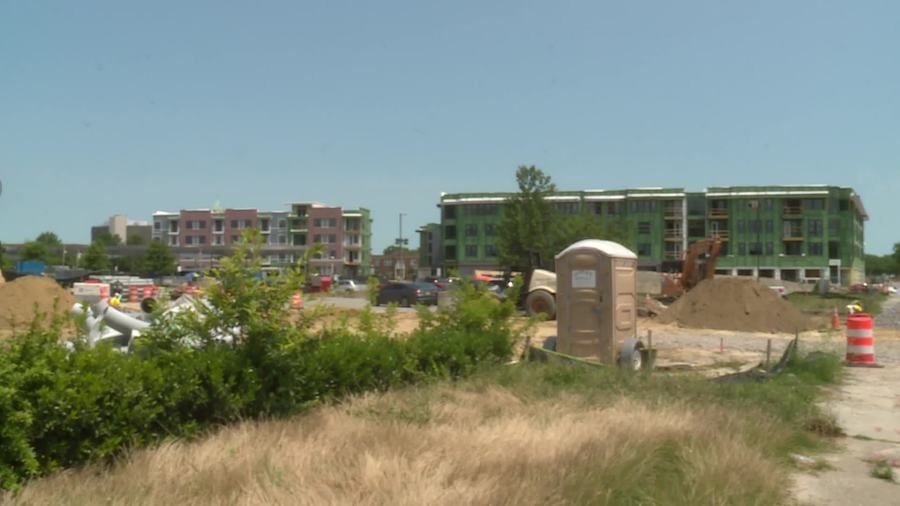
The first two buildings are called Origin Circle at Kindred, a 120-unit mixed-use family housing building with 7,200 feet of commercial space at Church Street and E. Bute Street, and a senior living building next door called Reunion Senior Living at Kindred with 72 total units.
Both will feature in-unit washers and dryers, fitness centers, balconies, and other amenities and are expected to open this fall.
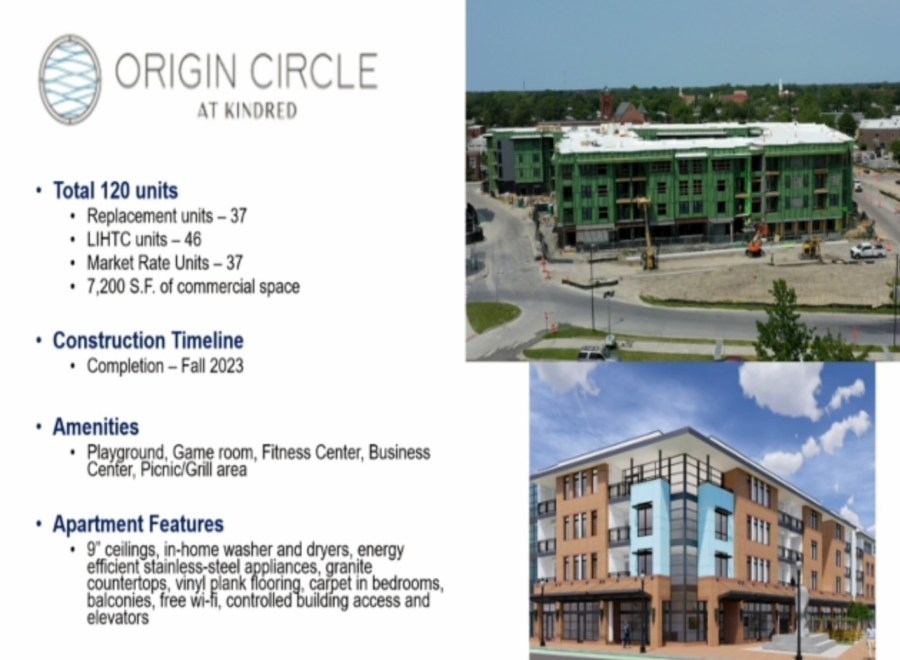
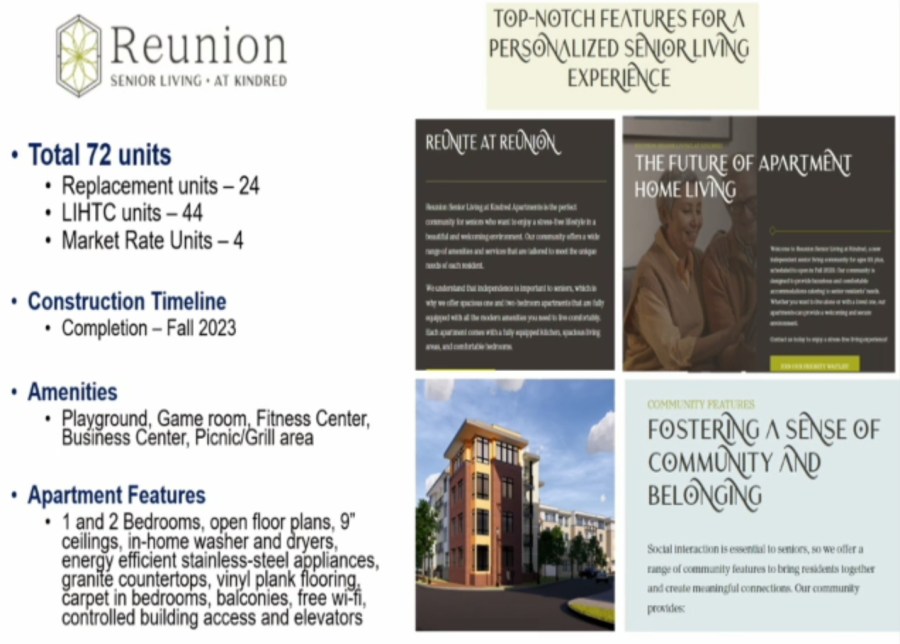
“Right to Return”
“We want Tidewater Gardens residents to return to the redeveloped community, Kindred, and now it’s time for them to come back home,” said Susan Perry, Norfolk’s director of housing and community development. “We have lots of things in place to help them do that.”
Those include support from People First, the city’s contracted service to help former residents with relocation and other needs.
“They’re the boots on the ground. These are the folks doing case management, and coaching and reaching out the families to make sure they’re aware of their rights and their opportunities … and while it becomes redundant in some cases it’s necessary because we want to make sure we don’t miss anyone and that we use multiple methods of communication for the marketing and transmission of information to the residents,” said Kimberly Thomas, chief community engagement officer for the Norfolk Redevelopment and Housing Authority.
She says they’re reaching out to all 600-plus original households that were at Tidewater Gardens.
“It never ceases to amazing me, there are still folks who like paper, then there are other folks who kind of live by their phone,” Thomas added. “The People First folks are texting and using a platform to send out real-time text messages, so we’re trying to cover every base we potentially can.”
Those rights Thomas mentioned include “right to return” guarantees such as reimbursement and help with breaking leases to return to Tidewater Gardens. They are outlined in a settlement agreement after residents sued the city in 2020.
“Right to return” also includes a 45-day exclusive period for former residents to apply for admission ahead of the opening of each new building, which goes through July 19 for the first two Kindred buildings. That waitlist is outside of the 10,000-person-plus general waitlist the city has for housing vouchers, Thomas said.
They say applications are still coming in, but they expect about half of those original 614 households will want to return. Thomas says that’s consistent with previous location projects done in the past, like Norfolk’s Broad Creek development.
The breakdown of units for Kindred includes 260 called “replacement units,” which are strictly for former Tidewater Gardens residents. They have direct rental subsidies and residents have a right to return window of up to five years for those, Perry says.
Former Tidewater Gardens residents will also have first preference on using a housing choice voucher on the 238 “affordable,” units, which are for those making up to 60% of median area income. The rest are at market rate. In the case of Kindred Circle and Reunion, that’s 37 and four units, respectively.
There are also 70 units just outside of the St. Paul’s project area specifically set aside for former St. Paul’s residents, including at the new Market Heights and the upcoming Aspire at Church Street (set to be complete in mid-2024).
Concerns about returning
So how feasible and easy will it be for former residents to move back?
Tiara Lassiter with progressive non-profit New Virginia Majority, who lived at Tidewater Gardens for more than two decades, says she’s considered moving back but “more than likely” won’t.
She says the prices at Kindred would still be more than her current Section 8 rate of $1,110 for a two-bedroom (she moved to Sewells Point Road before the old unit was demolished).
“It would benefit me in the long run to sorta just stay where I’m at, versus to try to get a brand new apartment with my Section 8, which would be the max of my Section 8 … there is a need for NRHA, HUD and the city to increase the Section 8 vouchers … due to COVID and the increasing rates of cost of living, the Section 8 vouchers don’t reflect that.”
“So you have to find suitable housing in a decent neighborhood that’s underneath your Section 8 amount, so that way you can live and get by,” she added “… the asking price they would want for those brand new apartments would probably max a lot of people out in their Section 8.”
Thomas says to help, the NRHA has been paying 120% of fair market rent with their vouchers for the past two years with help from Housing and Urban Development, which “helps more people pursue neighborhoods that they were boxed out of previously because of payment standards … it’s allowing our families to go into more desirable neighborhoods.”
Perry added that those moving into replacement units at Kindred won’t pay more than 30% of income on rent and utilities, the same as what they were paying in public housing.
Lassiter says she’s also concerned about using People First, citing high turnover and other issues that she says hamper the voucher and moving process.
“I didn’t receive any help from [People First] with my voucher process, I kind of searched for my one housing, I paid for everything by myself out of pocket, my deposit, my first month’s rent … it took me a whole year before I was able to get a reimbursement check for the self move.”
In response, Perry said “social work, case management is hard work, so there is naturally turnover,” but “we ensure if a case manager leaves the system, that another upper level case manager or supervisor will interact with that family until a new case manager is assigned.”
“They’re always picked up and make sure their needs are being handled. And so right now they are doing the calling, the knocking on doors, using the videos, community meetings, flyers, to ensure families who want to return have the ability to do so, through getting their paperwork together and their applications together and helping them through that process.”
More construction updates
Meanwhile, construction on several other complexes in the project’s footprint is getting ready to start.
The next two multi-family buildings, which at the moment are being called buildings 17 and 18, will see a groundbreaking in September 2023 at Church Street and Wood Street, across from the post office.
17 will have 68 units, with 72 in the building. They “by far have the most commercial space in the community,” Perry said.
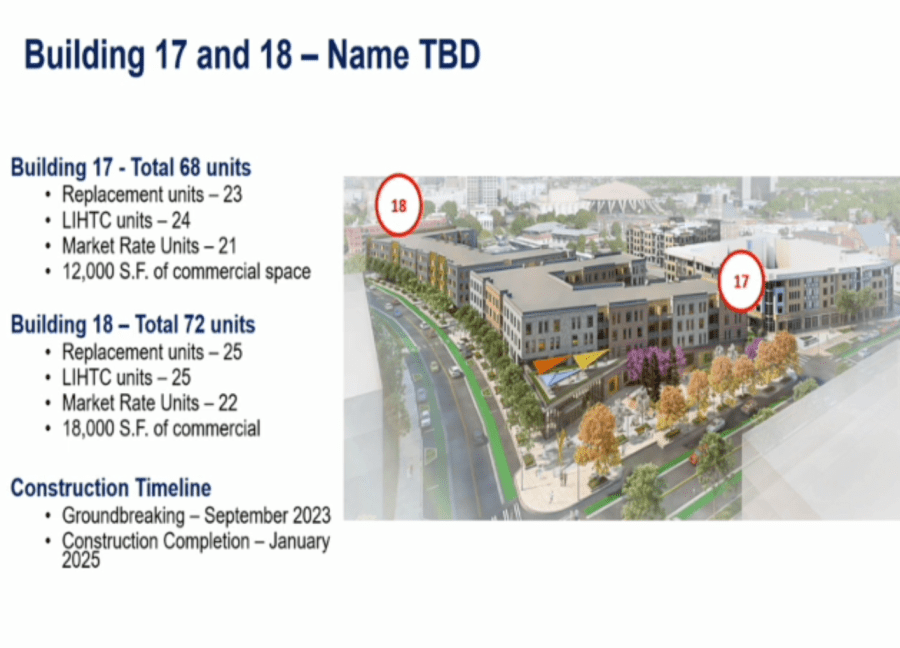
Then three buildings will go up across Church Street from buildings 17 and 18 starting in November 2023, which are expected to be complete by April 2025.
After that, 81 more “family-friendly” and “low density” units that include four- and five-bedrooms will go up behind St. Mary’s Basilica in April 2024.
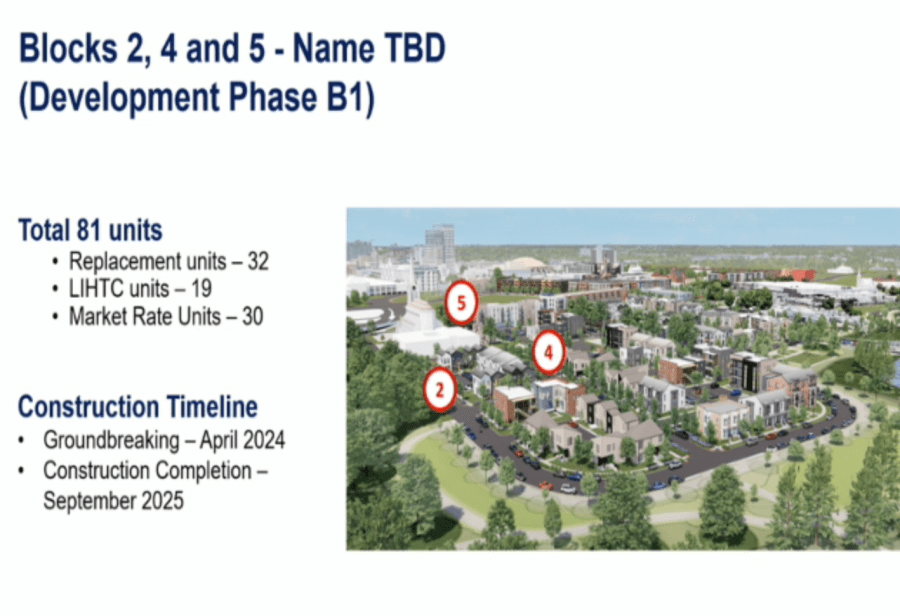
Perry says at the time of the master planning the St. Mary’s administrative building in block 4 of that phase was still being used, and they had to plan around it. Since then the church has moved those offices to the Miller Oil building on City Hall Avenue and the old property, which includes a large parking and a basketball court, is available for the city to purchase for the development. Its appraised value is $1.2 million.
“We would like to bring the acquisition of this property to [council] for consideration [in the future],” Perry said. “And that would really allow us to create a community amenity on this space or additional housing. And so without we really feel like the overall transformation will have this gaping hole in the middle of it.”

Perry also shared renderings for the 20-plus acre Blue/Greenway Park connected to the development, which will undergo construction starting this fall.
“This will provide a first-class park that we believe will draw people from not just the neighborhood, but also the city and the region.”
Perry says the overall Kindred project is still expected to be completed on time despite supply chain issues, but they’ll have multiple phases going at the same time, “which make things a little tricky with different contractors in the neighborhood, but everyone’s been working well together so far.”
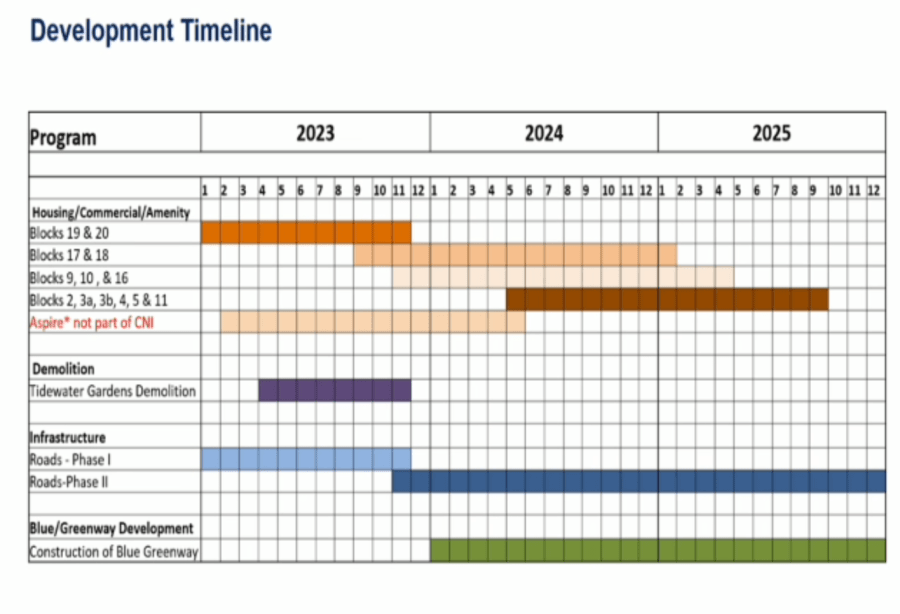
The final phase of housing may be delayed because of a $10 million supplemental HUD grant Norfolk received this year, but Perry says it likely won’t be a full year.
You can see Perry’s full presentation starting around the 27-minute mark here. You can also read more about the St. Paul’s project on its website.

